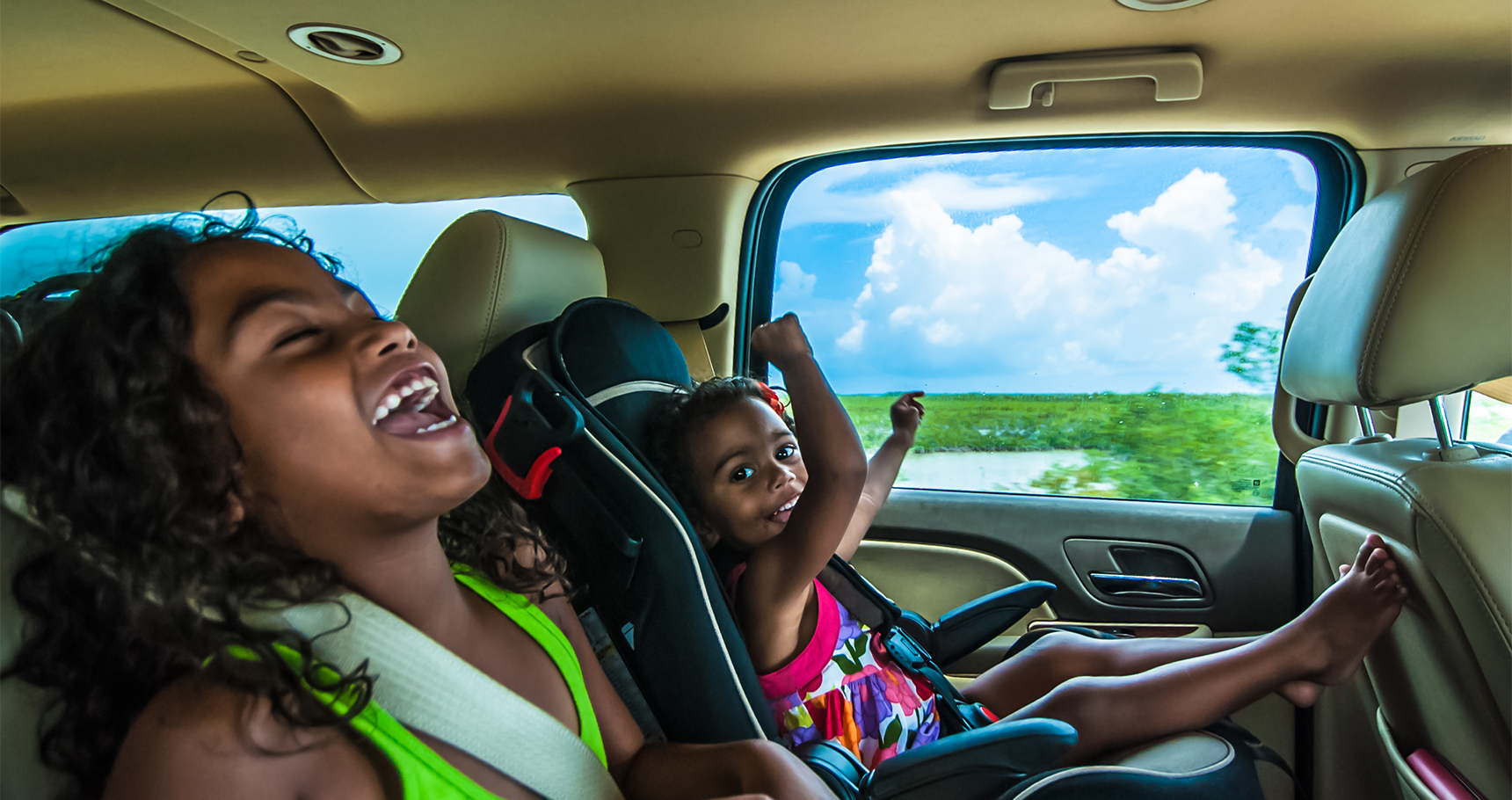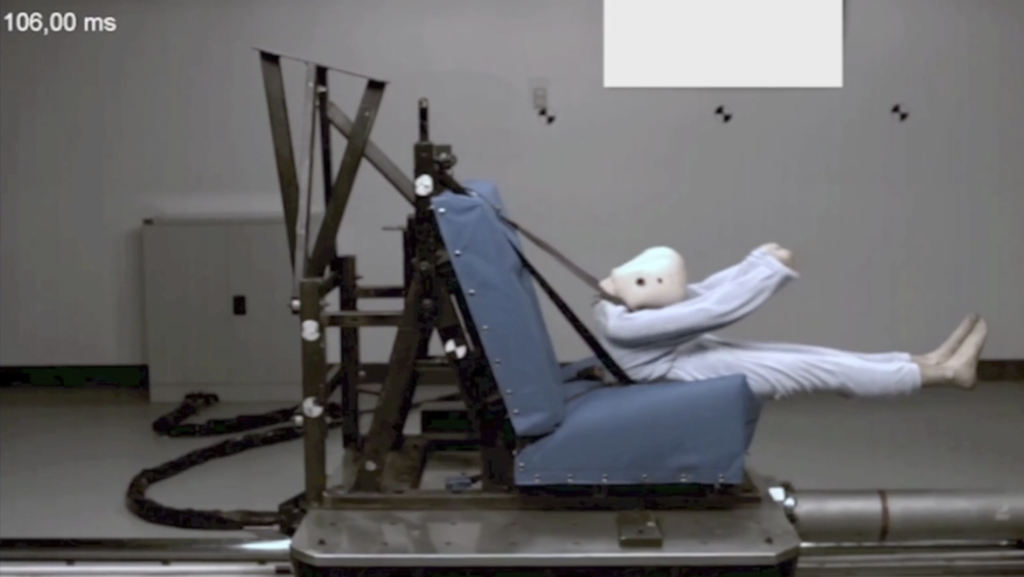
Seatbacks
Do you know where the most dangerous location is to put your child in a car? Most people answer the passenger side front seat. While auto manufacturers have done a decent job of informing parents about the dangers of allowing children in the front seat due to the possibility of injury from an airbag deployment, they conversely have never informed parents or the public that the most dangerous location for your child is in the second row directly behind the driver. Sadly, this is the location that many parents put the car seat because it is convenient and allows easy access of putting their child in and out of the car seat.
Why is this location the most dangerous? The federal standards for seatbacks are nothing more than a joke. For example, a cheap flimsy aluminum framed beach chair will pass the standard. In order to save money, the majority of auto manufacturers (including all the domestic manufacturers) put no effort or engineering into making safe seatbacks. The result of these money saving efforts is the needless loss of life of the smallest and most vulnerable among us, children.
What exactly happens? In a rear end collision, the driver is forced back into the seatback. The seatback inevitably fails, allowing it to move down horizontally and act as a ramp; the driver can slide up the seatback most often resulting in the driver’s head striking the child seated behind (who is moving forward) in the face or head. The consequences of this action on the child are most often devastating. For a couple dollars, the auto manufacturers could make the seatbacks safe by preventing this from happening. However, they do not do so, instead they argue, even against all evidence to the contrary, that the seatbacks as they are currently found in vehicles, are perfectly safe.
Seat Structure/Cushions
The other major inducer of severe injuries and deaths is the design and construction of the rear seats themselves. The majority of rear seat bottoms are the equivalent of a piece of cardboard with a small cushion on top. Given the lack of engineering that goes into the design of the rear seat bottoms, a phenomenon called “submarining” often takes place.

When a vehicle is in a front-end impact, the rear occupants continue to move forward as the car stops. The safety belt will act as a restraint. However, the flimsy rear seat cushions and structure often allow the occupant to load into the seat bottom and slide underneath and out the lap belt portion of the seat belt. The consequences of this “submarining” are often deadly. Occupants frequently eviscerate their bowels which can lead to death or severe injury with life long repercussions. Again, the auto manufacturers find it easier to deny that this injury mechanism even exists rather than to spend a few dollars more to properly design and build safer rear seats.
WOLFF ARDIS, P.C.
The above scenarios disproportionately affect children, because they are the most likely occupants to be riding in the rear seats of a vehicle. The auto manufacturers know this statistic. Despite possessing this knowledge, auto manufacturers still put profit over the safety of the occupants of its vehicles, even when it is known that the occupants will overwhelmingly be children. Wolff Ardis, P.C. has handled actions involving both type of scenarios with great success. Wolff Ardis, P.C. is intimately familiar with these claims and has conducted testing and research that bolsters its ability in obtaining a successful resolution regarding these claims.







